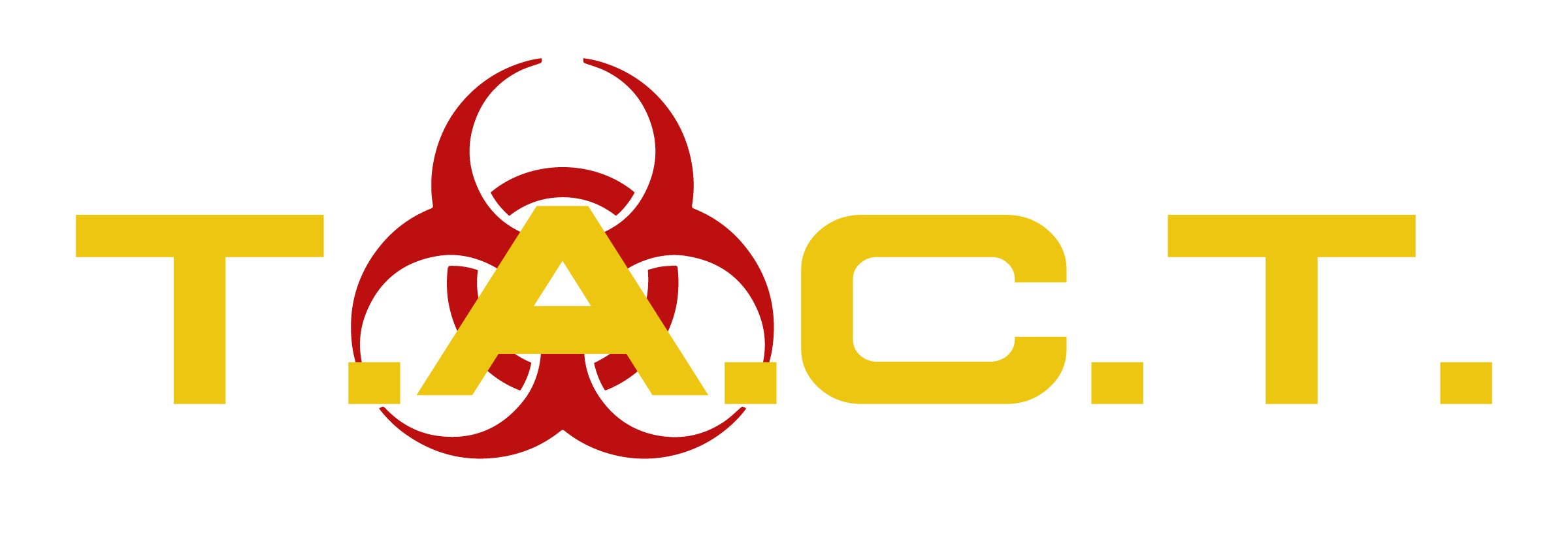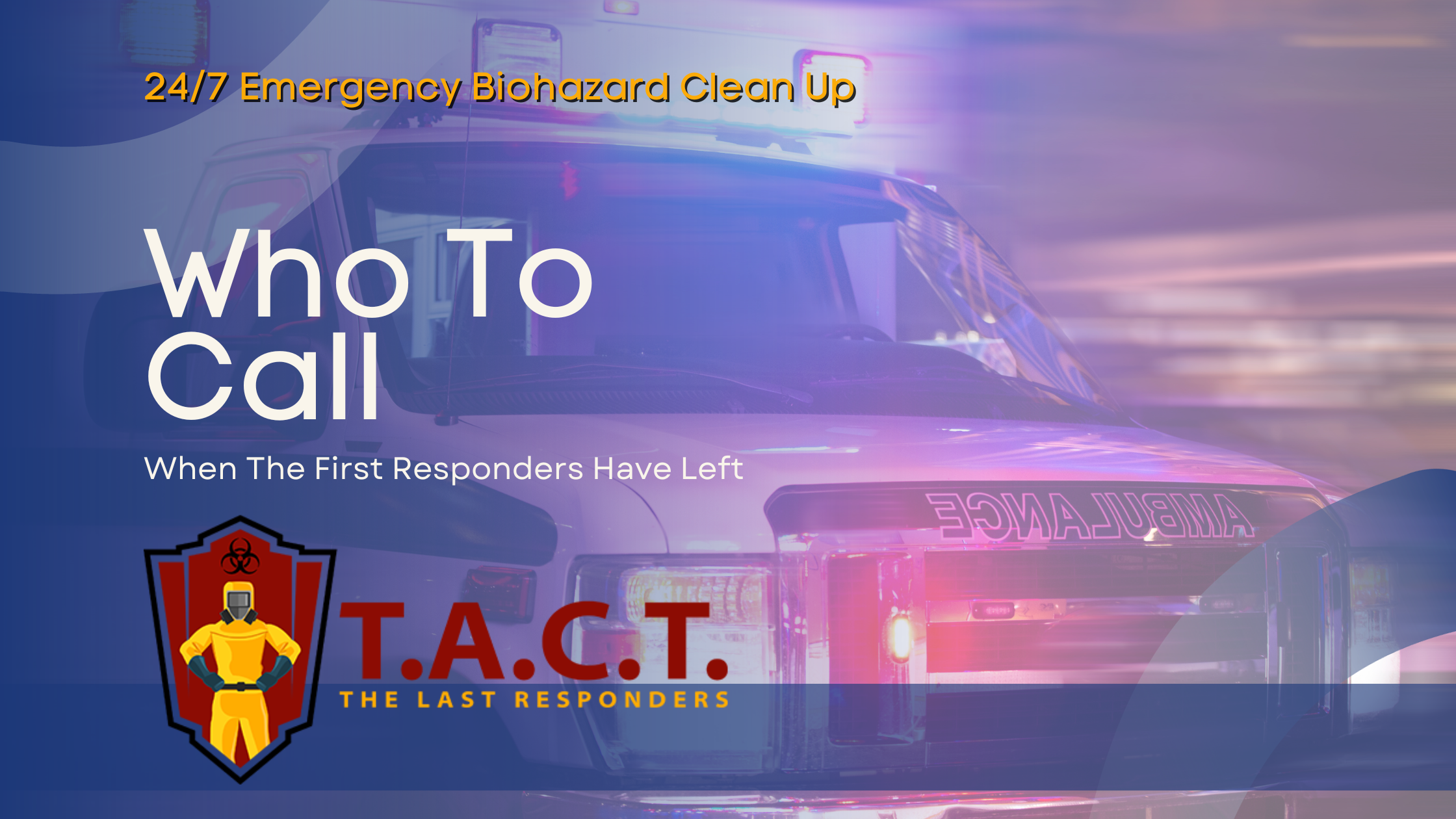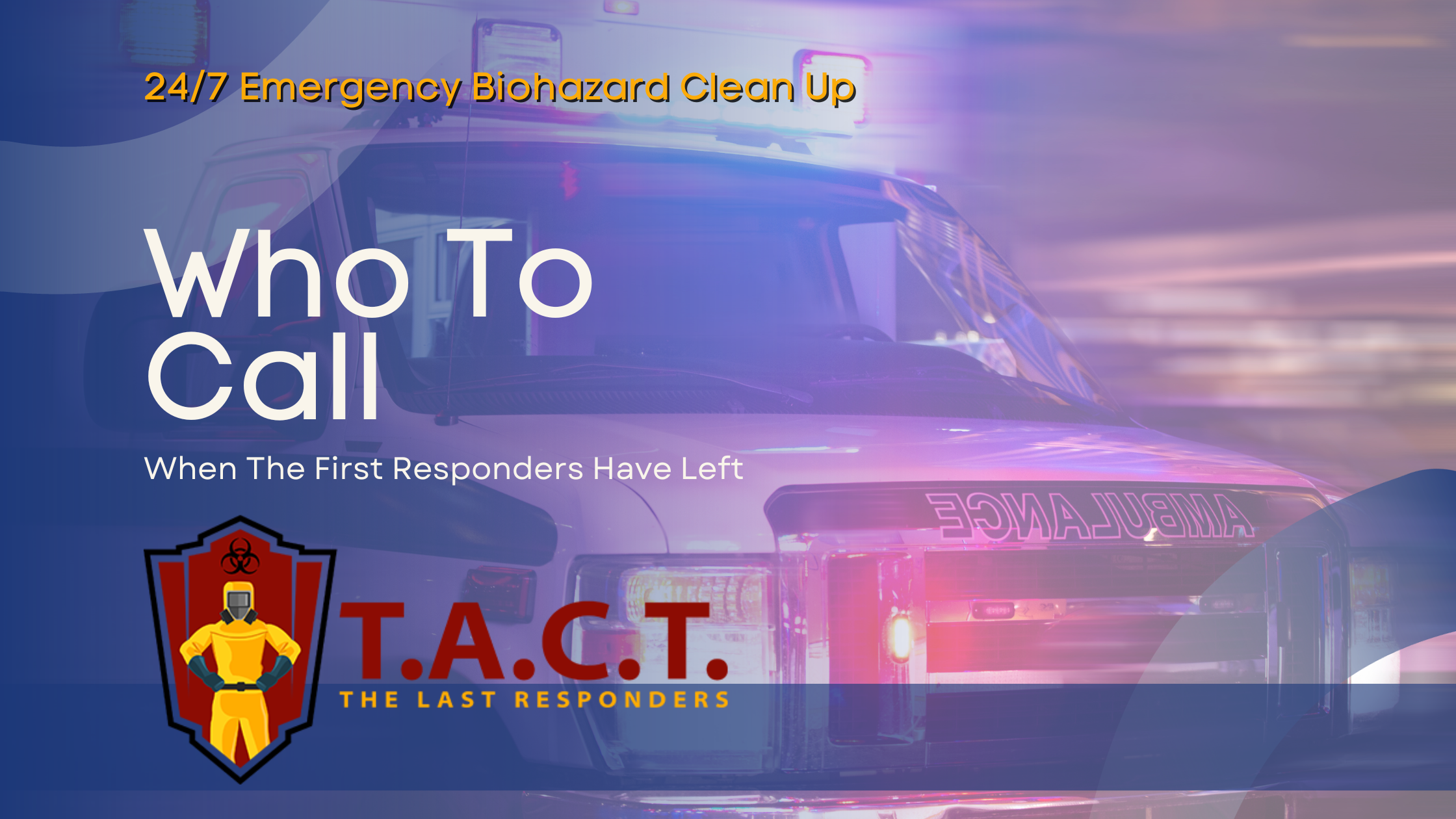Essential Guide to Trauma Scene Cleanup

Essential Guide to Trauma Scene Cleanup: What You Need to Know
Trauma scenes are more than just difficult memories; they present serious physical and emotional challenges that require specialized care. Beyond the visible effects, trauma scenes often contain biohazardous materials that pose health risks to those exposed. This is where trauma scene cleanup—a critical and specialized service—comes into play.
In this guide, we’ll explore what trauma scene cleanup entails, the regulations and processes involved, and how professional services go beyond cleaning to support those affected. Whether you’re a property owner dealing with an unfortunate incident or someone curious about this critical industry, this is your comprehensive guide to understanding trauma scene cleanup.
What Is Trauma Scene Cleanup?
Trauma scene cleanup refers to the remediation of locations after incidents involving blood, bodily fluids, or other biological materials. These services are essential for restoring homes, businesses, or public spaces to safe and habitable conditions. Often referred to as biohazard remediation, forensic cleanup, or trauma cleaning, this process demands highly trained professionals who can not only tackle biohazards but also address the emotional toll these events can take.
Why Does It Matter?
Trauma scenes often pose risks of spreading disease due to exposure to pathogens found in blood and other bodily fluids. Specialized cleanup adheres to strict safety protocols set by regulatory bodies to protect everyone involved while restoring the integrity of the affected space.
Regulatory Requirements and Safety Protocols for Crime Scene Cleanup
The work of trauma and crime scene cleanup professionals is guided by a combination of laws, regulations, and best practice protocols to ensure everyone’s safety. Here’s what you need to know about the standards governing this critical field:
Key Regulatory Bodies
OSHA (Occupational Safety and Health Administration): OSHA requires professionals to limit exposure to blood-borne pathogens, assuming all bodily fluids may be infectious. Personal protective equipment (PPE) and proper procedures are essential.
The American Bio Recovery Association (ABRA): ABRA offers third-party credentialing for biohazard remediation companies, setting quality standards for the industry.
IICRC Standard (ANSI/IICRC S540): This provides guidelines for inspecting, cleaning, and remediating trauma and crime scene sites, ensuring consistency and thoroughness across the industry.
Why Compliance is Crucial
Strict adherence to these regulations and certifications isn’t just about professionalism—it’s about preventing the spread of disease, minimizing contamination risks, and protecting all parties involved in the cleanup.
Types of Trauma Scenes and Residues
Trauma scenes are more varied than some might realize. They encompass a wide range of incidents, each with its unique challenges.
Types of Trauma Scenes
Homicides and Suicides: Often involve blood and bodily fluid cleanup in addition to addressing the emotional stress for families and loved ones.
Unattended Deaths: Residues from decomposition can create significant biohazards requiring specialized cleanup.
Accidents: Worksite or home injuries involving bodily fluids.
Drug and Chemical Spills: Cleanup may include meth lab remediation or hazardous material spills.
Vandalism and Tear Gas Residue: Crime scenes with property damage or chemical agents require surface restoration.
Common Biohazard Contaminants
Blood and bodily fluids
Human tissues
Drug residue (e.g., methamphetamines)
Tear gas and other chemical agents
Professionals must address both visible evidence and unseen risks embedded in porous materials like carpets and walls, making this work particularly challenging and nuanced.
The Cleanup Process
Effective trauma scene cleanup goes well beyond standard cleaning tasks. It involves careful planning, specialized techniques, and attention to both safety and emotional impact.
Steps of the Cleanup Process
Assessment and Planning: Evaluate the scene and establish a comprehensive action plan.
Biohazard Removal: Safely remove all visible biohazardous materials, such as blood, tissue, or contaminated materials.
Deep Cleaning and Decontamination: Use advanced cleaning solutions and equipment to eliminate pathogens and sanitize the space.
Odor Control: Remediate odors caused by biological materials to leave the space fresh and safe.
Restoration: Restore the area to its original condition, ensuring it is safe for use.
Cleanup crews follow strict protocols to reduce contamination risks and ensure thorough remediation, using protective equipment and expert techniques. For example, services like T.A.C.T. North Atlanta utilize specialized tools to locate hidden biohazards that standard cleaning methods often miss.
Choosing a Trauma Scene Cleanup Service
Finding the right cleanup service is critical to ensuring safety and professionalism.
What to Look For
Compliance with Regulations: Ensure the company follows OSHA, EPA, and IICRC standards.
Certifications: Look for credentials from organizations like ABRA or specific certifications such as TCST (Trauma and Crime Scene Technician).
Experience: Go with a team that has handled diverse trauma scenes and understands the intricacies involved.
Compassion and Support: Opt for companies that offer resources and emotional support for those affected.
Services like T.A.C.T. North Atlanta emphasize professionalism, discretion, and empathy, ensuring the highest quality of care during difficult times.
Providing Emotional Support and Resources
Trauma doesn’t stop with physical cleanup. Those affected may experience emotional and psychological challenges long after the event. Recognizing and addressing these needs is a vital part of recovery.
Counseling Services: Therapists can help individuals process their emotions and begin to heal.
Community Groups: Support circles and online communities connect people who have had similar experiences.
Professional Guidance: Cleanup teams can often recommend trusted mental health resources to assist in the recovery process.
Offering these resources highlights how trauma scene cleanup goes beyond addressing the immediate physical space—it’s about fostering long-term recovery.
Restoring Normalcy
Trauma scene cleanup isn’t just about hygiene—it’s about creating safe, healthy environments for people to live and work in again. Beyond restoring physical spaces, cleanup services play a role in helping individuals move forward emotionally and practically.
Whether you’re dealing with property damage after a traumatic event or simply supporting someone else in need, trauma scene cleanup restores both spaces and a sense of stability. Every action taken—every sanitized surface, every resource provided—brings a step closer to healing and recovery.
Latest news

Nosy neighbors peeking? T.A.C.T. North Atlanta offers discreet biohazard remediation for rodent infestations, mold, hoarding, and more. Unmarked vehicles, quiet experts, full privacy—24/7 service at 470-781-4775.
Read More

